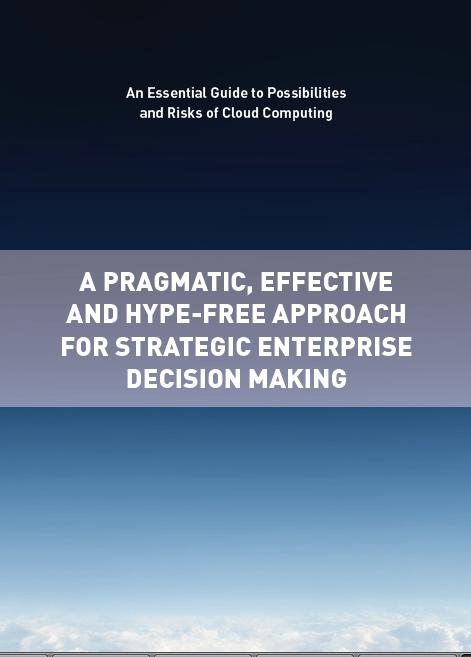Amazon has introduced today the new AWS Virtual Private Cloud service, more details on it could be found here: http://aws.amazon.com/vpc
On the follow up of this new service, some doubts have arisen about the real type of the cloud built with this new service, and also if this kind of cloud could even be difined as Private Clouds.
Using the NIST definition:
” Private cloud. The cloud infrastructure is operated solely for an organization. It may be managed by the organization or a third party and may exist on premise or off premise. ”
It’s very clear, a Private Cloud could be on premise or off premise. The next question is what should be considered the premises of the cloud. Should it be the wall of the datacenter, the box of the server or the VM where the OS is running? For one company their premises could be a single room, whereas to another it could be the entire building, in the cloud computing paradigm the private cloud is, in my perspective, a sandbox, which has boundaries well definite and on which we trust. These boundaries are the set of features that are available (CPU, network, storage, development API, etc) and the trust comes by means of contracts, cloud provider reputation, etc…
It’s easy to understand that this kind of definition are not closed to discussion, but in my prespective, the service introduced by Amazon should be consider a very interesting tool to build effective Private Clouds.
